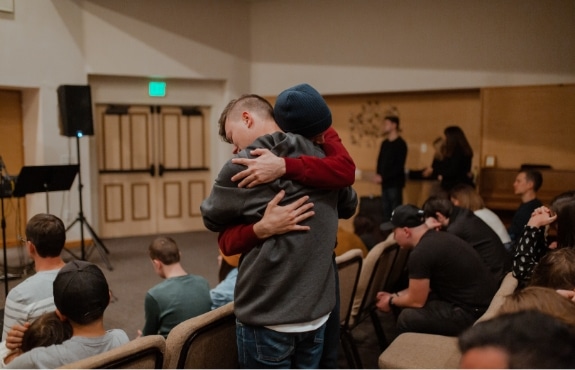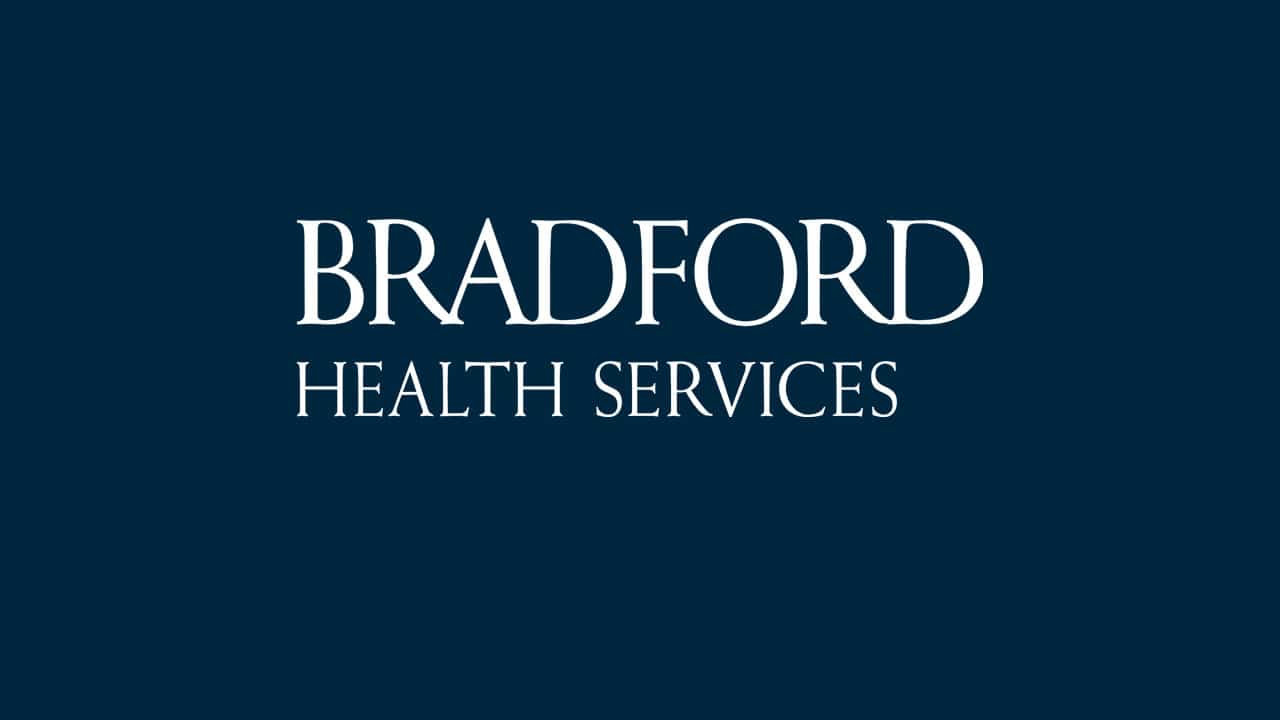

Observed annually in June, National Safety Month focuses on reducing the leading causes of injury and death in our homes, offices, and communities. While home safety procedures such as fire alarm installation or keeping household cleaners away from children are obvious measures to take, most people don’t know that what’s in their medicine cabinet is the most common potential safety hazard of all.
Every day, 60 people die from opioid pain medications. That’s 22,000 people every year, making drug overdose the number one cause of unintentional death in the United States. Four out of five new heroin users started by misusing prescription painkillers.
Because of their mind-altering properties, the most commonly abused prescription drugs are:
- Opioids, such as oxycodone (Oxycontin, Roxicodone) and those containing hydrocodone (Vicodin, Lortab, Norco), used to treat pain
- Central nervous system (CNS) depressants, such as anti-anxiety medications and sedatives, such as alprazolam (Xanax) and diazepam (Valium), and hypnotics, such as zolpidem (Ambien), used to treat anxiety and sleep disorders
- Stimulants, such as methylphenidate (Ritalin, Concerta, others), dextroamphetamine and amphetamine (Adderall XR) and dextroamphetamine (Dexedrine), used to treat attention-deficit/hyperactivity disorder (ADHD) and certain sleep disorders
In honor of National Safety Month, please keep friends and family protected by committing to the following acts:
- Do not share your prescribed medication. Most people don’t know that sharing opioids is a felony, yet 70 percent of people who have abused prescription painkillers reported getting them from friends or relatives.
- Proactively talk to children about taking drugs that were not specifically prescribed to them.
- Secure your own painkillers, sedatives, sleep medications or stimulants in a locked drawer or container. Talk to grandparents and caregivers about how to safely store their medications.
- Discuss with loved ones the dangers of mixing prescription drugs with alcohol.
- If you have old pain medication lying around, get rid of it. One of the best ways to do so is through community-based take-back programs that provide safe and convenient locations throughout the United States. The program is an initiative of the U.S. Drug Enforcement Administration and their website can locate a collection site near you.
- Explain to others how painkillers are made from opioids, which are similar to heroin.
- Educate loved ones that other non-addictive medicines are just as effective, including many over-the-counter drugs such as ibuprofen or naproxen.
If you think you or a loved one may have a problem with prescription drug use, please call us today and take the first step. We are here to help 24 hours a day, 7 days a week at 888-577-0012.
Sources:
Related Articles



